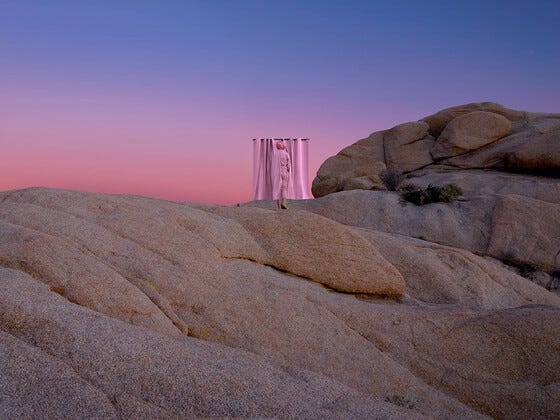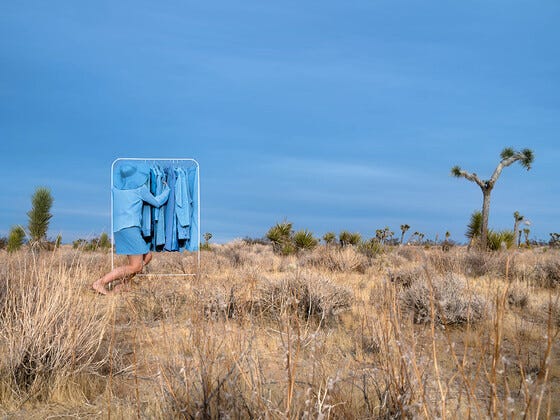Leadership in Chaos: 8th edition.
both sides now, candour in chaos, feel the stones.
“To lead people, walk behind them.”
Lao Tzu

Margeaux Walter
Change: both sides now.
We live with the constant tension of today, vs tomorrow. Of what we are, vs what we might become. Of our roots, and our wings. This is life, and business. Great leaders accept this duality. Unsuccessful leaders don’t. They defeat themselves by not anticipating tomorrow. By failing to see alternative perspectives. And by living in a bubble. Great leaders avoid this, as Rishad Tobaccowala says, by insisting on seeing both sides now. They continually look at opposing strategies and recommendations that challenge the status quo. And they avoid the dangers of lazy group think and maintain an outsiders perspective, by ensuring that alternative perspectives are supported, and celebrated.
A thought for leaders: Scott Fitzgerald famously wrote: “The test of a first-rate intelligence is the ability to hold two opposing ideas in mind at the same time and still retain the ability to function. One should, for example, be able to see that things are hopeless yet be determined to make them otherwise.” This is the job of a leader. This means that you can have a team focussed on optimising today, while another imagines a new tomorrow.

Margeaux Walter
Communication: candour in chaos.
In chaotic times, building confidence as a leader is key. Pfizer’s executive vice president and chief corporate affairs officer Sally Susman talks about building confidence by being transparent and authentic in communication. And having the courage of candour. This creates an authenticity that strengthens relationships. The public can tell when a company and it’s leadership aren’t being transparent. Disingenuous corporate speak doesn’t help. Same goes for employees and teams, who are often on the receiving end of bad news. Dumbing down complex issues, can make them feel frustrated or even angry. Whereas open, honest communication can help leaders speak more confidently in chaos.
A thought for leaders: We often spend time thinking about and take time working on, communication. But do we spend enough time considering how it will make people feel? How it will support or undermine the culture of an organisation? And importantly, how it will affect the pervading and overwhelming feeling of chaos that people feel right now? Remember, leaders are the shore and the safety in this chaos.

Margeaux Walter
Resilience: feel the stones.
In a world of change one thing we’re losing, as economist and tech historian W. Brian Arthur discusses in this McKinsey interview, is our trust in the certainty of events. Disruption from everywhere, including Generative AI, means the future is fundamentally uncertainty. When you don’t know what happens next, you rule out the rational decision making taught in business school. When we don’t trust the ground we stand on, what really counts is adaptation or resilience. He suggests we can learn a lot about these from surfers (agility), tech companies (iteration) and biology (diversity).
A thought for leaders: Adaptation requires the right mindset to deal with uncertainty. One willing to let go of dearly held, constricting beliefs. And in the extreme, a mindset of survival. Survival stories often share an attitude of, “OK, let’s go from here and then make it to the next step. Then we’ll see if we can make it to the next step.” Just like the Chinese expression: “Crossing the river by feeling the stones.”, it means proceeding gradually, step by step, and experimenting along the way. Just like an agile surfer, or a tech startup. Remember, in chaotic times to tread carefully and feel the stones.

Margeaux Walter
Leadership Principle: Keep Your Focus – Avoid Procrastination
Many very skilled and clever people are paid very well to lull you into following their path and stealthily controlling how you spend your time. Take every opportunity to reduce their opportunity.
Dig a little deeper into this principle here.
You can follow Flow Group on Linkedin here.
P.S. This weeks featured artist is Margeaux Walter. Based between Los Angeles and New York, she sees the Anthropocene age as a glitch in time, “It is so short, and yet has caused so much havoc.” These self-portraits – Don’t Be a Square – respond to, and reflect upon, the ways in which human beings interact with the land. “We are both camouflaged into and completely disconnected from it,” she explains. Red shopping trolleys blend in with autumn leaves. Plastic fans echo the spiky texture of Joshua trees.

